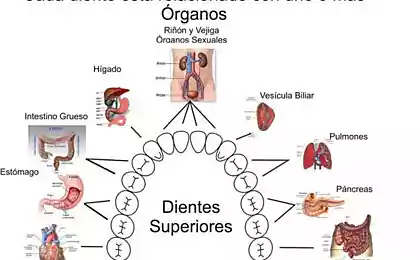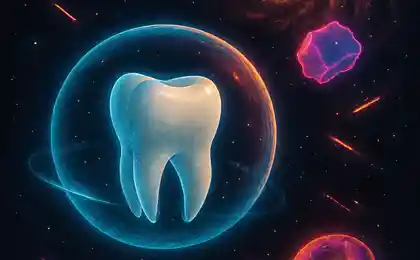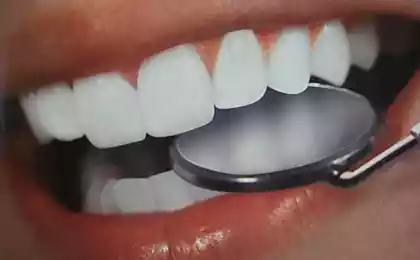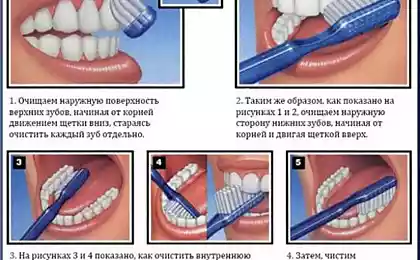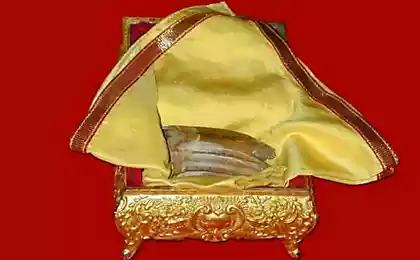1904
Traditional recipes. Dental care.

Honey
If the teeth darken from powders, lubricate them with honey, then vegetable oil.
Very useful to chew honey in the comb. Eating only one honey, we ourselves "robbed". The fact that the special characters that bees sealed cell contained a lot of very useful substances. And the wax honeycombs lot of them, including propolis. Therefore, chewing honey in the comb, you not only eat it inside, but also treat their teeth, gums and the entire oral cavity. Another good way - chewing propolis. This is an antiseptic, and sealing of microcracks and general therapy, as propolis of the elements almost the whole periodic table. Taste - a few bitter, but easy to get used to this. It is also a good prevention of acute respiratory infections. You can chew slowly, then one piece long enough really. Chew propolis and be healthy!
Birch leaves
Folk remedy from birch leaves to whiten teeth: take fresh birch leaves, chop them finely finely. Pour boiling water, when a little podostynet strain and this little water, a separate brush to brush your teeth. To do so every day. As a result of the summer you will have white teeth!
Wheat bran
Russian balneology XIX-early XX century M. pay better dentifrice considered wheat bran and warned against the use of funds for this purpose, containing acid and soap.
White clay
White clay, sea salt, baking soda, and various tinctures and herbal extracts. Unlike toothpaste does not include a variety of different chemical elements. As part of the tooth powder is dominated by the pure natural substances that have teeth mainly mechanical cleansing action. In order to treat some of these added calcium glycerophosphate and sodium hydrogencarbonate. Powders containing these substances are recommended for people who have generously deposited tartar and plaque.
Brushing your teeth is as follows. First mouth rinsed with water at room temperature to mechanically running water, rinse with accumulation of mucus and food debris. It is recommended to add a glass of water 1/4 teaspoon of baking soda (Natrium bicarbonicum) or table salt (Natrium chloratum), to facilitate the dissolution of mucus. Then toothbrush moistened with water, shake and immersed in the dentifrice so that the tips of the bristles of the brush across the surface of a small amount of the powder stuck.
To remedy some of the unpleasant odor and taste to the dental chalk wet powder was added a small amount of a volatile oil, such as mint. Tooth powder must be uniformly and very carefully milled (pulvis subtilissimus).
Sage leaves
Tooth powder from the leaves of sage or horsetail and sea salt - Grind 2 teaspoons of fresh leaves in a mortar, put them in a small ovenproof dish with a spoon of salt.
Warm oven. Place the dish there. Leaves should be carefully dried to crunching. Remove, grind into powder, put in a sealed container.





